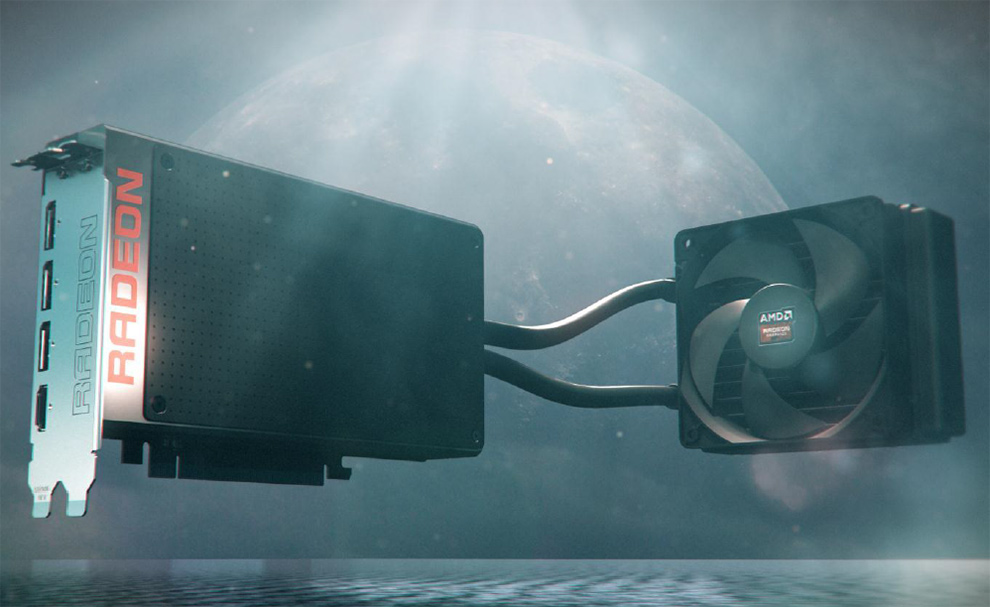Apparently, the problems of Advanced Micro Devices with its latest Radeon R9 Fury-series graphics cards may be significantly more serious than whining cooling system or limited overclockability. If a new media report is to be believed, then the company cannot supply enough boards to its partners.
It is not a secret that the launch of AMD’s latest Radeon R9 Fury-series graphics cards was not very easy for AMD. The company delayed the product for a number of times and while its performance is high, it cannot beat its direct rival in all applications. Moreover, while AMD’s decision to use innovative high-bandwidth memory allowed the company to make its new graphics cards significantly shorter, its choice to use liquid cooling did not really pay off and resulted in a rather noisy cooler. However, all the challenges that AMD faces today may be considered as insignificant as the chip designer simply cannot deliver enough Radeon R9 Fury-series graphics cards to all of its partners.
Advanced Micro Devices has over 10 add-in-card partners, who officially buy graphics processing units from the company. Virtually all allies of AMD currently ship top-of-the-range Radeon R9 Fury X graphics solutions. However, only Asustek Computer and Sapphire Technology will offer AMD Radeon R9 Fury products initially, reports Hardwareluxx. Eventually companies like Gigabyte Technology, MicroStar International, PowerColor and other will also offer AMD Radeon R9 Fury graphics cards, but at first, such products will only be available in limited quantities from two of AMD’s partners.
According to the report, yields of AMD’s code-named “Fiji” graphics processing unit are rather low. Insufficient yields are not something surprising: with 8.9 billion transistors inside, the “Fiji” is the most complex chip ever produced. While the IC [integrated circuit] is not as large as Nvidia Corp.’s GM200, it is considerably harder to produce because of higher transistor density. Moreover, since “Fiji” uses all-new high-bandwidth memory (HBM) as well as a special interposer to connect memory to the GPU, testing and packaging process of the chip is extremely complex.
The exact yield rate of AMD’s “Fiji” is uncertain and it is unclear how many chips Advanced Micro Devices can get from its partners at Taiwan Semiconductor Manufacturing Co. Moreover, since cycle times of TSMC’s 28nm fabrication process are over two months, it is clear that AMD cannot solve all of its problems quickly.
AMD and its partners did not comment on the news-story.
Discuss on our Facebook page, HERE.
KitGuru Says: If AMD’s yields of “Fiji” are considerably lower than those of Nvidia’s GM200, then AMD will not be able to significantly lower the price of its Radeon R9 Fury-series graphics adapters to better compete against Nvidia’s GeForce GTX 980 Ti.
 KitGuru KitGuru.net – Tech News | Hardware News | Hardware Reviews | IOS | Mobile | Gaming | Graphics Cards
KitGuru KitGuru.net – Tech News | Hardware News | Hardware Reviews | IOS | Mobile | Gaming | Graphics Cards



